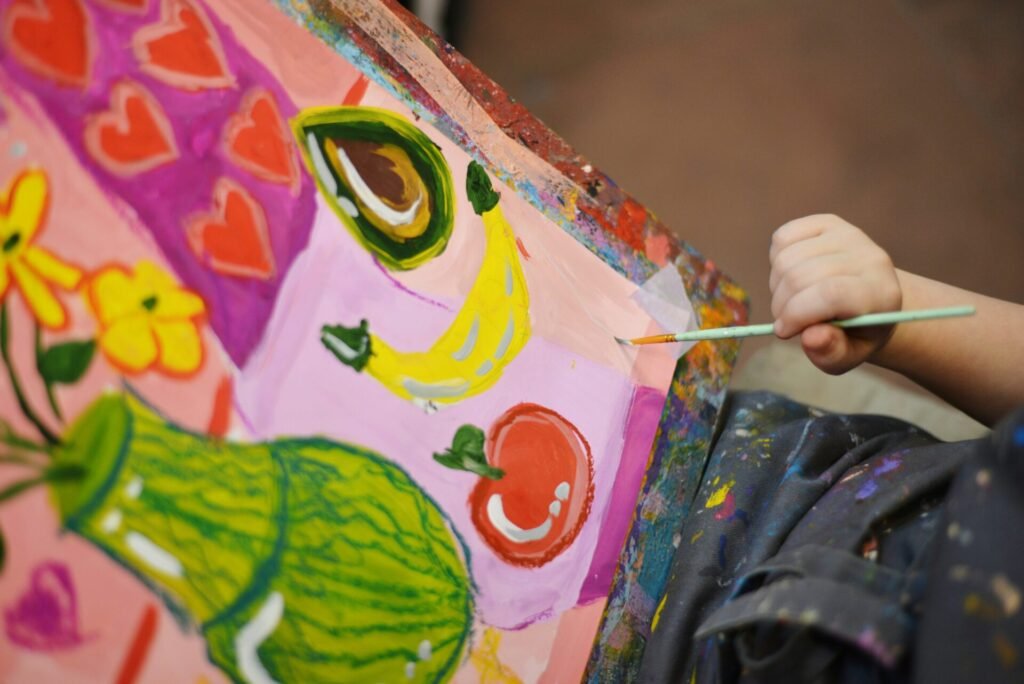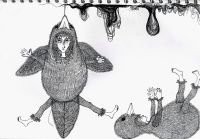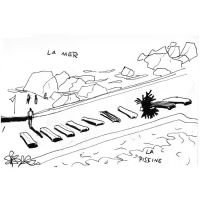Why Art Careers Are More Viable Than Ever
As parents, we often wonder how to support our children’s passions—especially when those passions lean toward the creative. If your child loves to draw, paint, sculpt, or design, you may be asking: What are the real art career paths for kids, and how can I help them prepare for a creative future? This guide explores the wide range of opportunities in the arts and offers practical steps to nurture your child’s talent with confidence and purpose.
The creative economy is thriving. From digital design and animation to product development and visual storytelling, artistic skills are in high demand across industries. Art is no longer confined to galleries—it’s embedded in advertising, entertainment, education, tech, and even healthcare.
Helping your child explore art career paths early can give them a head start in developing both technical skills and creative confidence. It also teaches them that their passion has real-world value.
Popular Art Career Paths for Kids to Explore
Illustrator
Illustrators create images for books, magazines, games, and digital platforms. Children who love storytelling through pictures or character design may thrive in this field.
Animator
Animation combines drawing with motion. Kids interested in cartoons, video games, or storytelling through movement may enjoy learning the basics of frame-by-frame animation or stop-motion.
Graphic Designer
Graphic designers use visual elements to communicate ideas. If your child enjoys layout, typography, or digital tools, this career path blends creativity with problem-solving.
Fine Artist
Painters, sculptors, and mixed media artists often pursue gallery exhibitions or commissions. This path is ideal for kids who enjoy traditional materials and self-expression.
Fashion Designer
Children who love sketching outfits or experimenting with fabric may be drawn to fashion design. This career blends art, trend forecasting, and technical construction.
Architect or Industrial Designer
These careers combine creativity with engineering. Kids who enjoy building, spatial thinking, or drawing structures may find fulfillment in designing spaces or products.
Art Therapist
For children who are empathetic and expressive, art therapy offers a way to help others through creativity. This field blends psychology with visual arts.
UX/UI Designer
User experience and interface designers create intuitive digital products. Kids who enjoy both design and technology may find this a rewarding and future-proof path.
How to Prepare Your Child for a Creative Future
Encourage Daily Practice with a Sketchbook
A sketchbook is one of the most powerful tools for young artists. It’s a private space for experimentation, mistakes, and growth. Encourage your child to use it regularly—not just for finished pieces, but for doodles, ideas, and visual journaling. Over time, it becomes a record of progress and a source of inspiration.
Expose Them to a Variety of Mediums
Let your child explore different materials—pencil, ink, watercolor, clay, digital drawing tablets. Exposure to multiple mediums helps them discover what they enjoy and builds a versatile skill set.
Introduce Digital Tools Early
Many modern art careers rely on digital platforms. Introduce age-appropriate software like Procreate, Tayasui Sketches, or browser-based design tools. Learning to navigate these tools early gives your child a competitive edge.
Enroll in Low-Pressure Art Classes
Look for community classes, online workshops, or summer camps that emphasize creativity over competition. These environments allow your child to learn new techniques while building confidence.
Visit Museums and Creative Spaces
Take your child to art museums, design studios, or maker spaces. Seeing real-world applications of art can be incredibly motivating and help them visualize future possibilities.
Encourage Storytelling and Concept Development
Many art careers involve more than just drawing—they require ideas. Encourage your child to create characters, invent worlds, or illustrate their own stories. This builds narrative thinking and deepens their creative voice.
Support Their Interests Without Pressure
Let your child lead the way. If they’re passionate about comics one month and architecture the next, that’s okay. Exploration is part of the process. Your role is to provide tools, encouragement, and space to grow.
Building a Portfolio Over Time
As your child matures, they can begin assembling a portfolio—a curated collection of their best work. This is especially important for applying to art schools, internships, or creative programs.
What to Include
- Sketchbook pages that show process and experimentation
- Finished pieces in various mediums
- Personal projects that reflect their interests
- Digital work or animations (if applicable)
- A short artist statement or bio
Encourage them to update their portfolio regularly and reflect on how their work is evolving.

Sketchbooks.org | TRADITIONAL MATERIALS
Types of Paper and How to Use Them | A Beginner’s Guide to Creative Surfaces
Why Paper Choice Matters Whether you're a sketchbook enthusiast, a mixed media artist, or just starting your creative journey, understanding the types of paper and how to use them is essential. The surface you choose...
Frequently Asked Questions
What age should my child start preparing for an art career?
There’s no set age—just start by encouraging consistent creative practice and exploration.
Do art careers pay well?
Many do, especially in digital design, animation, and UX/UI fields, though income varies by industry and experience.
Should my child go to art school?
Art school can be valuable, but it’s not the only path—many artists are self-taught or attend general universities with strong art programs.
How important is a sketchbook?
Very—it builds discipline, tracks progress, and supports creative thinking across all art careers.
What digital tools should my child learn?
Start with beginner-friendly apps like Procreate or Canva, then explore Adobe Creative Suite or 3D modeling software as they grow.
Can art be combined with other interests?
Absolutely—art intersects with science, tech, education, and more, opening doors to hybrid careers.
How do I know if my child is serious about art?
Look for signs of self-motivation, curiosity, and a desire to improve—not just talent.
Should I correct or critique their work?
Offer encouragement and ask open-ended questions, but avoid harsh critique—growth comes through exploration.
Final Thoughts
Exploring art career paths for kids isn’t about locking in a future—it’s about opening doors. When you nurture your child’s creativity with tools like a sketchbook, exposure to new mediums, and gentle guidance, you’re helping them build a foundation for a fulfilling, expressive life.
Whether they become a designer, animator, or simply someone who thinks creatively, your support today shapes the confidence they’ll carry into tomorrow. Let their imagination lead—and trust that the future is wide open.
Ready to Share Your Work?











Creative kids can have real careers.
Never thought of careers beyond “artist”—designer, animator, even museum curator.